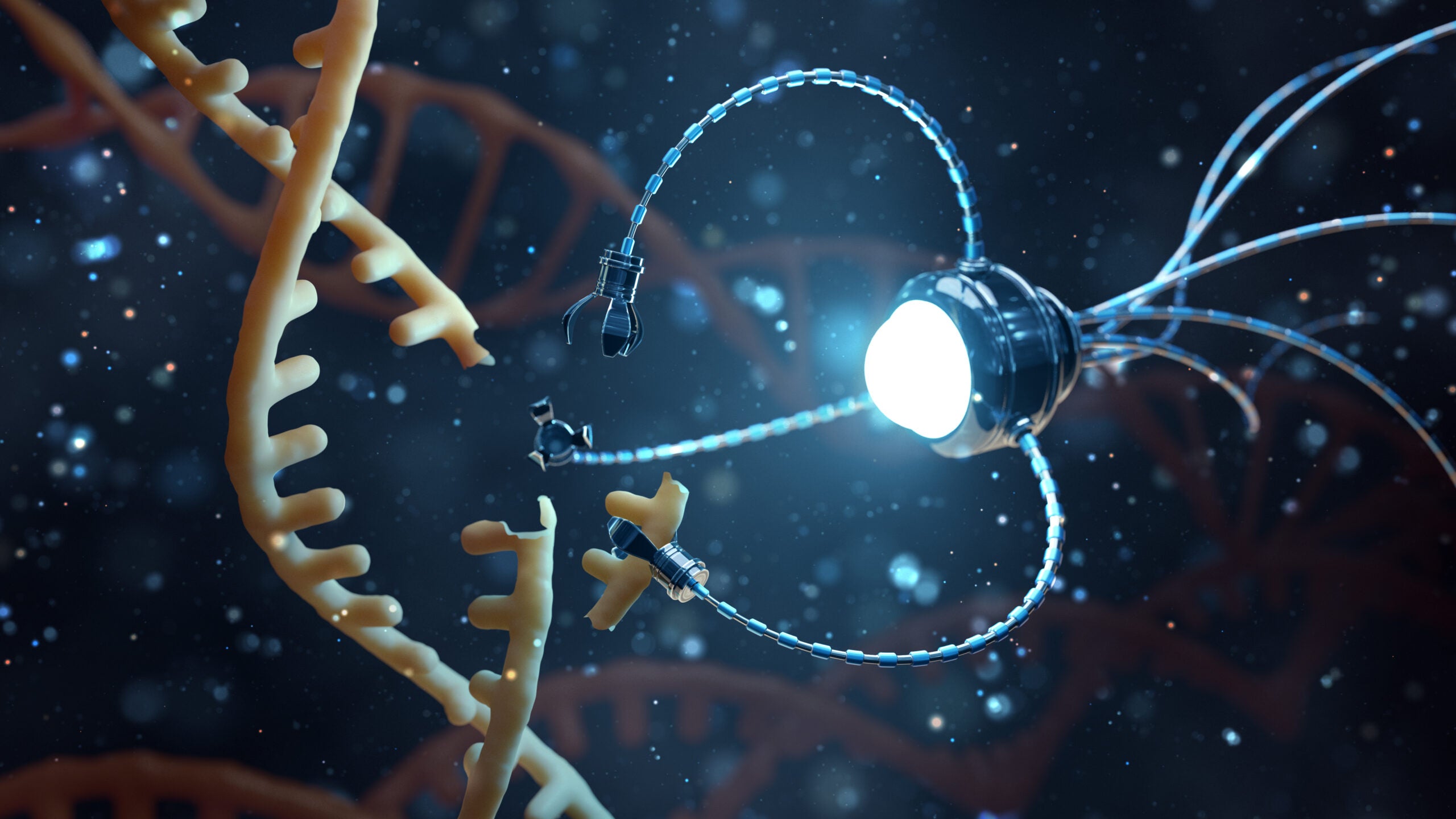
The field of optics has always been essential to medicine. Prior to the invention of the microscope, the existence of germs was heavily contested and without the advancement of technology, it would have been impossible to develop the germ theory.
So, what developments in optics can create similar shifts in medicine? Technology on all fronts is rapidly advancing –and with smartphone camera quality markedly increasing every year, the field of optics is certainly keeping up with the pace.

Discover B2B Marketing That Performs
Combine business intelligence and editorial excellence to reach engaged professionals across 36 leading media platforms.
When people think about “nanotechnology,” they often imagine tiny robots, but this is not an entirely accurate perception of the devices. Nanophotonic devices manipulate and study light, along with its behaviors on nanoscale-sized objects, at the nanoscale. So, in addition to being a branch of nanotechnology, it is also the offspring of optical engineering.
Most importantly, nanophotonic devices are the pinnacle of next generation pharmaceutical technology and are leading the way in promoting change in healthcare diagnostics and practice.
Dr. Sang-Hyun Oh, from the Department of Electrical and Computer Engineering at University of Minnesota-Twin Cities, says that light-based sensors such as Biacore SPR have been the gold standard in characterizing receptor-ligand binding kinetics in pharmaceutical R&D.
“Nanophotonic devices can push the limit of such instruments by trapping light in ultrasmall volumes and dramatically enhancing light-molecule interactions. Further, nanophotonics can add new functionalities and information content such as revealing protein conformation or misfolding from previously inaccessible small-molecule samples or potentially even down to the single molecule level,” he said.

US Tariffs are shifting - will you react or anticipate?
Don’t let policy changes catch you off guard. Stay proactive with real-time data and expert analysis.
By GlobalDataIn other words, medical optics is set to have a new and significant leap in technological sophistication in the future,
According to the journal Nature, one of the leading sectors in the biosensor market is diagnostic technologies, as these support about 70% of medical decisions. Dr Oh says the detection of illness or disrupted homeostasis as early on as possible in all cases is ideal, but some conditions, such as autoimmune disorders and cancers like esophageal and pancreatic, often do too much damage undetected. The decisions doctors must make if either of these cancers is caught at stage 1 versus stage 4 are vastly different, leading likewise to different costs both for patients and the healthcare system at large.”
Nanophotonic devices are an effort to bring about the “future of biosensors,” in which undetectable devices are regularly worn and are constantly monitoring hormones, drug intake, the presence of toxins and viruses, and other biomarkers. Likewise, Dr. Oh explains there is a large demand for this among general practitioners, who would much prefer to run diagnostics on their patients while they are in the waiting room –or even before a visit, as opposed to sending away blood and urine samples to laboratories for clinical testing.
These devices, in turn, can improve at-home self-care for patients in addition to helping medical practitioners treat their patients, as patients will be informed at-home that something is wrong before ever considering visiting the doctor’s office. The most impactful aspect of this technology on healthcare, therefore, could be the prevention of countless sudden deaths. Never before has a technology emerged with the potential to help prevent unexpected negative health outcomes.
Clinical Research and Drug Discovery
Overall, nanophotonic devices are capable of shining light on molecules to know which are present in specific parts of the body, and what they are doing, with high precision and sensitivity. Diagnostics is unlikely to be the only application medicine will find for nanophotonic devices, such as applications in clinical research and drug discovery. And where nanophotonic devices will find most use in such facets of healthcare is where they dovetail –namely, in personalized medicine.
As nanophotonic devices can see what specific molecules are doing to specific parts of unique individual bodies, including those related to drug-interactions via chronic drug-monitoring; direct observational data of these interactions and the storage of such data can be used in clinical research towards advancements in personalized medicine –and, particularly, personalized treatment options, like those conferred from pharmacogenetics.
Government funds, commercial organizations, and private investors are all involved with investing into R&D for nanophotonic devices. The commercial organizations leading this charge include Burlington Industries, Mesa, and Nano-Tex. Globally, only 141 nanophotonic start-ups exist, but this technology is only at its commercial advent, not its peak. With a high demand for these devices, the future of nanophononics in medical practices has only just begun –and with technological advancement being as rapid as it now is, the future of nanophotonic devices will further revolutionize medicine.





